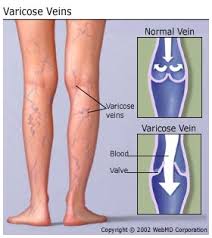
Scottsdale, Arizona, physician Dr. Rajan Bhatt oversees locations such as Spectrum Dermatology & Vein Center, which provides wide-ranging, patient-centered care. Experienced in his field, Dr. Rajan Bhatt has given presentations on topics such as prostate cancer.
A study published in the Lancet in 2022 points to a newly developed, combined treatment therapy with the potential to boost survival rates for men with prostate cancer. A total of 1,792 participants enrolled in the study, including those who had previously had their prostates removed, and the patients were divided into three treatment groups.
Group one received salvage prostate bed radiotherapy (PBRT), a type of radiation that targets the area surrounding the prostate following its removal. Group two was administered the same PBRT regimen, as well as short-term androgen deprivation therapy (ADT). Group three received both PBRT and ADT, as well as pelvic lymph node radiotherapy (PLNRT), targeting the pelvic area’s lymph nodes, which can experience prostate cancer spread.
After 5 years, group three participants registered the greatest percentage of freedom from progression, with 87.4 percent meeting this criteria. By contrast, the percentage for group one members was only 71 percent. What this suggests is that the traditional PBRT standard of care can be amplified and intensified through related radiotherapies, with potentially life-saving results.


